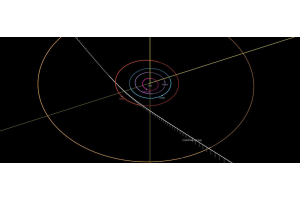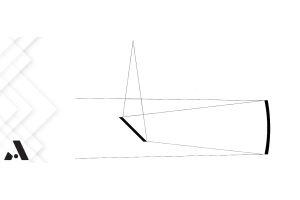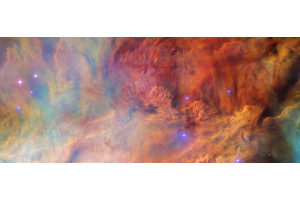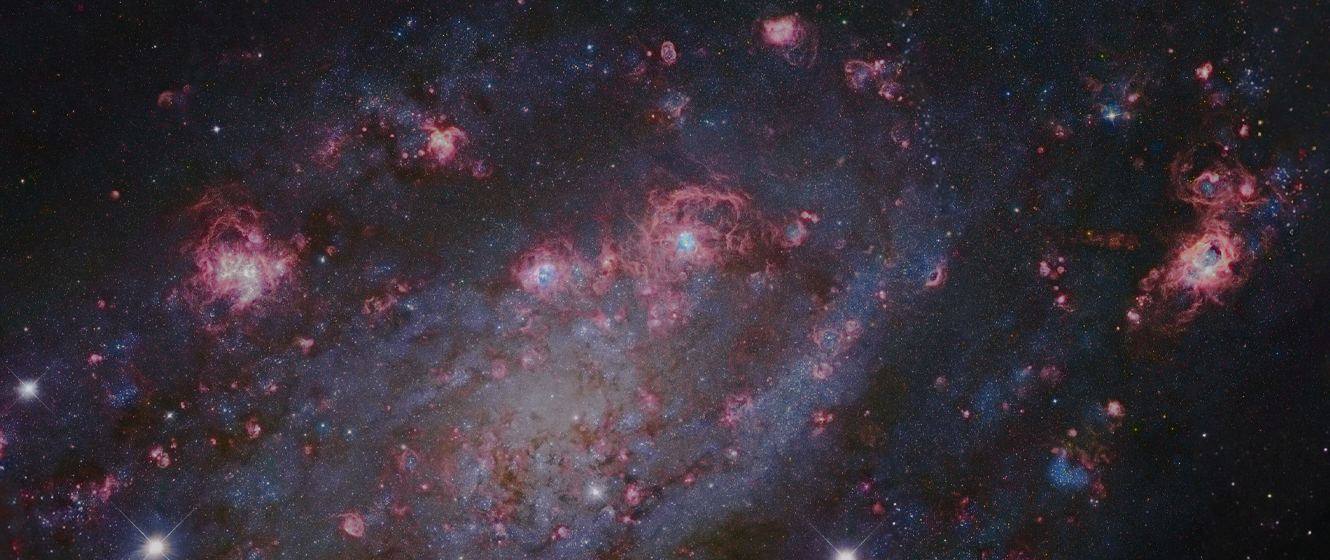
In this episode of What's in the Sky this Month, Teagan reviews some of the beautiful celestial objects you can see in the month of February 2023!
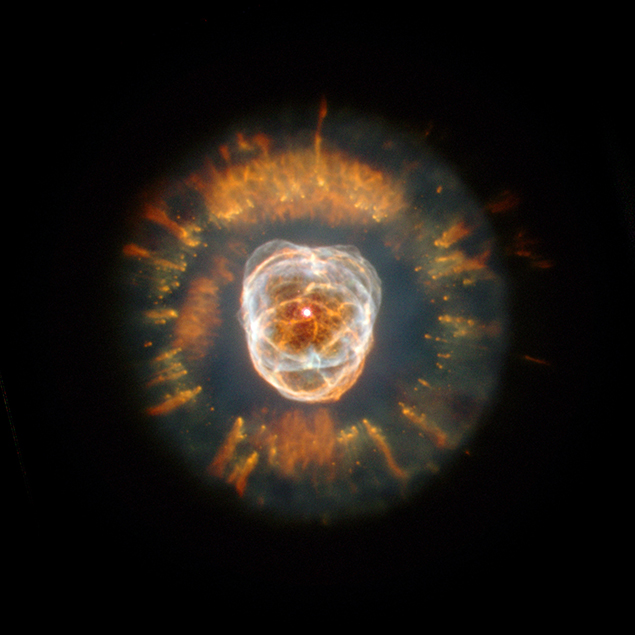
Image credit: NASA, ESA, Andrew Fruchter (STScI), and the
ERO team (STScI + ST-ECF)
NGC 2392 - The Clown Face Nebula
- Type: Planetary Nebula
- Constellation: Gemini
- Distance: 2,900 light-years
- Magnitude: 9.1
- Apparent Diameter: 0.8'
Winter’s best planetary nebula is, arguably, NGC 2392, the Clown Face Nebula. It can be found in the constellation Gemini, within the same binocular field of view as the bright star Wasat. That said, you’ll need a scope to spot this object for yourself and, despite having an apparent diameter that rivals Jupiter’s, it might seem a little underwhelming at first.
A small scope will show it as a tiny, hazy circle, but its relatively bright central star should still be easily visible. Be on the lookout for a bluish tint, while larger scopes will show a dark ring surrounding the central area. Lastly, try staring at the central star until the disk disappears and then glancing quickly away - does it appear to suddenly blink back again?
OUR NEAREST NEIGHBORS
Both Saturn and Neptune are now too close to the Sun to be visible. Saturn will reach conjunction on the 17th, with Neptune reaching the same point next month. Venus, however, continues to edge into the evening twilight sky, with the planet shining brilliantly at magnitude -3.4 in the west after sunset. Look for the waxing crescent Moon below it on the 21st and within the same binocular field of view as Jupiter from about the 23rd onward. Jupiter itself is now long past its best and will set just a few hours after the Sun by month’s end, with the crescent Moon appearing to its left on the 22nd. Uranus is also losing ground to the Sun, but you should be able to observe it for a few hours once the sky turns dark. Mars starts at magnitude -0.4 on the 1st, reaches magnitude 0.0 on the 10th, and ends February at magnitude 0.4. Try comparing its brightness to the stars Capella in Auriga and Procyon in Canis Minor. A first quarter Moon appears just to the west of the planet on the 27th. Lastly, the Moon turns full on the 5th and then new on the 20th.
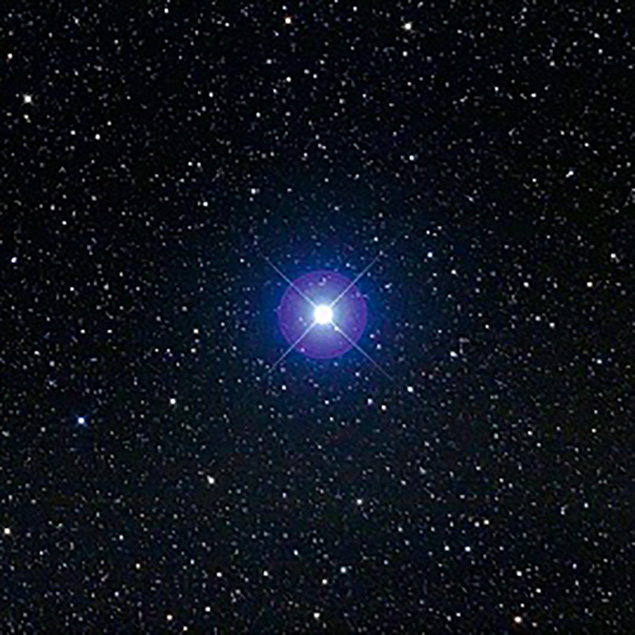
Image credit: Fred Espenak
Alpha Geminorum - Castor
The second-brightest star in Gemini, Castor is a great multiple star for scopes of almost any aperture. This is quite an appropriate star for the constellation of the twins, as both components appear white and of almost equal brightness.
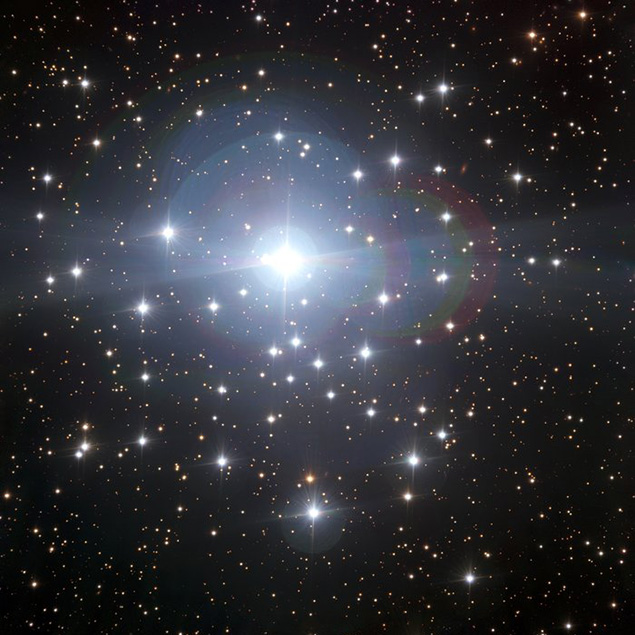
Image credit: ESO
NGC 2362 - The Tau Canis Majoris Cluster
Also known as the Northern Jewel Box, this is one of the gems of the winter sky. You can spot it with binoculars, but the cluster is best observed with a telescope. At 35x, Tau sits near the center of a dense, triangular group of much fainter blue-white stars of uniform brightness.
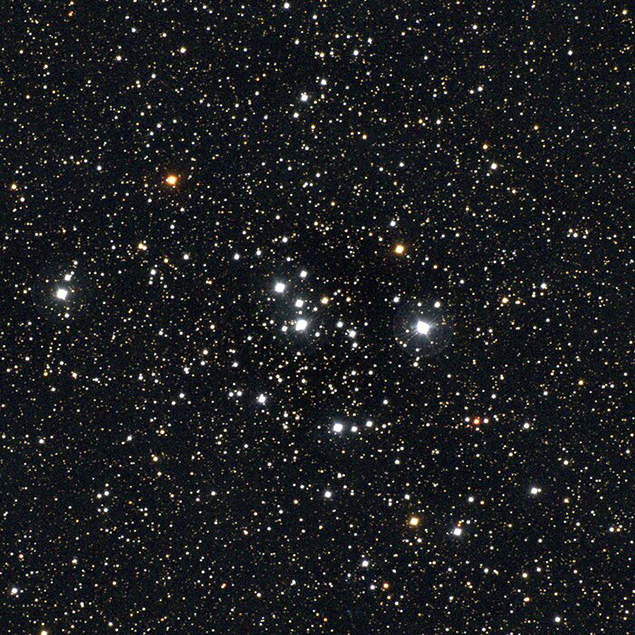
Image credit: NOIRLab / NSF / AURA
Messier 47
M47 can be spotted within the same binocular field of view as M46 and is the brighter and more westerly of the two. Telescopically, it appears large and sparse, with stars of varying brightness and a close double at its center.

Image credit: ESA/Hubble
NGC 2403
This face-on galaxy is detectable with most scopes. A small telescope will show an elongated, hazy patch with a bright core, while mid-sized scopes can show a number of faint stars within the halo. A large scope will show some texture, and while the arms may also become apparent, tracing them back to the core will prove to be challenging.
STELLAR CONCEPTS
Declination: When it comes to maps of the Earth, we use latitude and longitude to specify the locations of towns, cities, and geographical features. We use a similar system for objects in the night sky; instead of latitude, we use declination, and instead of longitude we use right ascension. Right ascension works a little differently than longitude, but latitude and declination are pretty much the same. Just as on Earth, the celestial poles are at 90 degrees north or south, while the celestial equator is at zero degrees.
This Article was Last Updated on 07/18/2023













